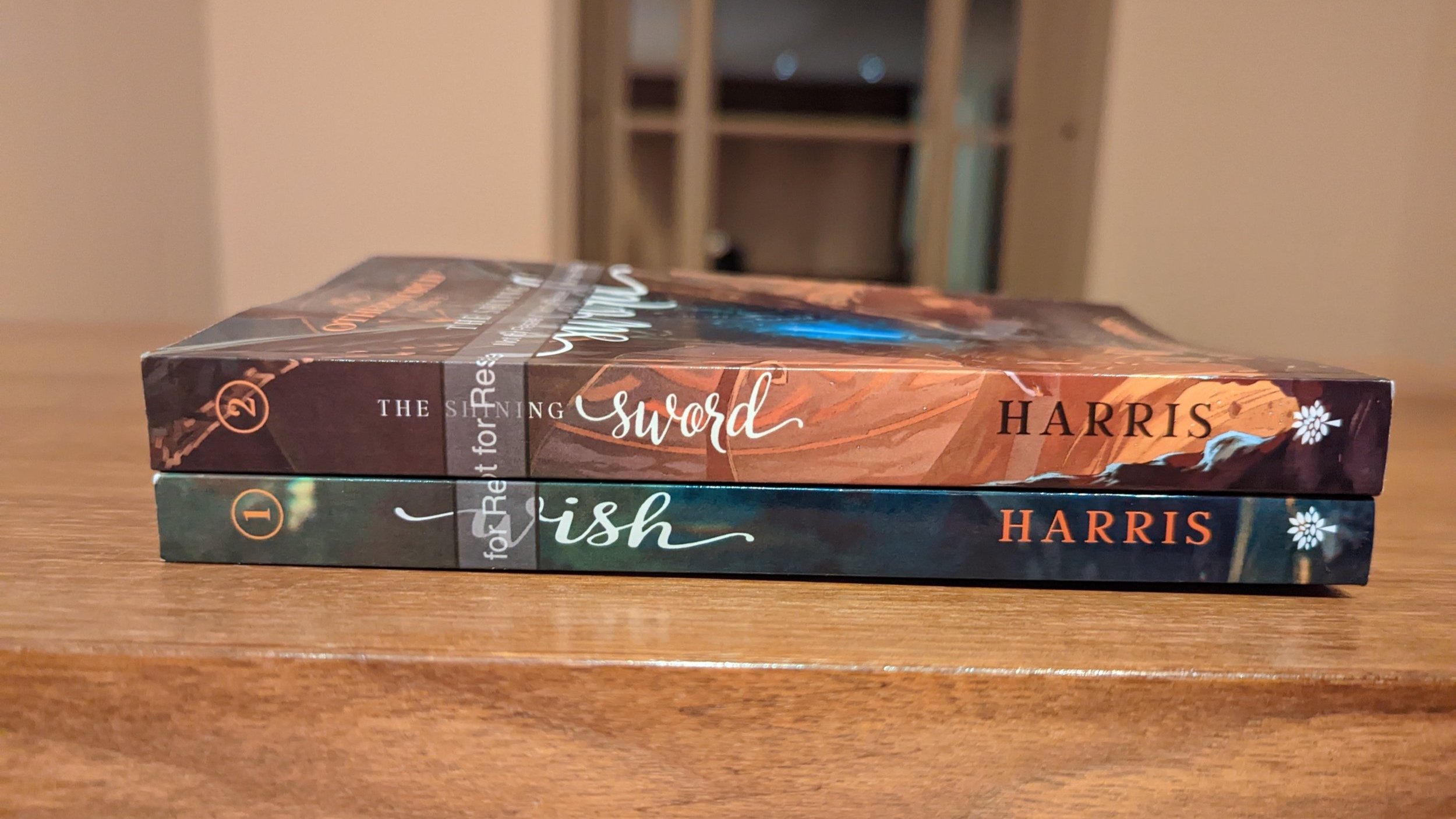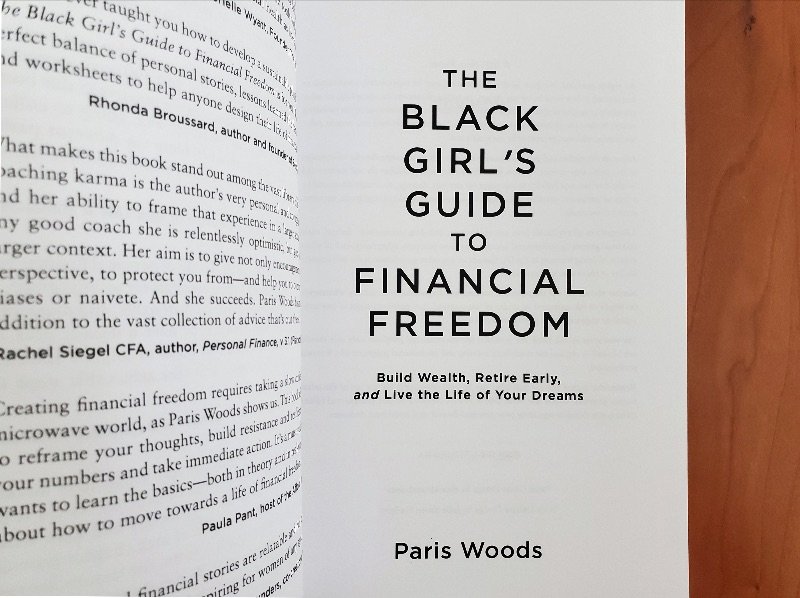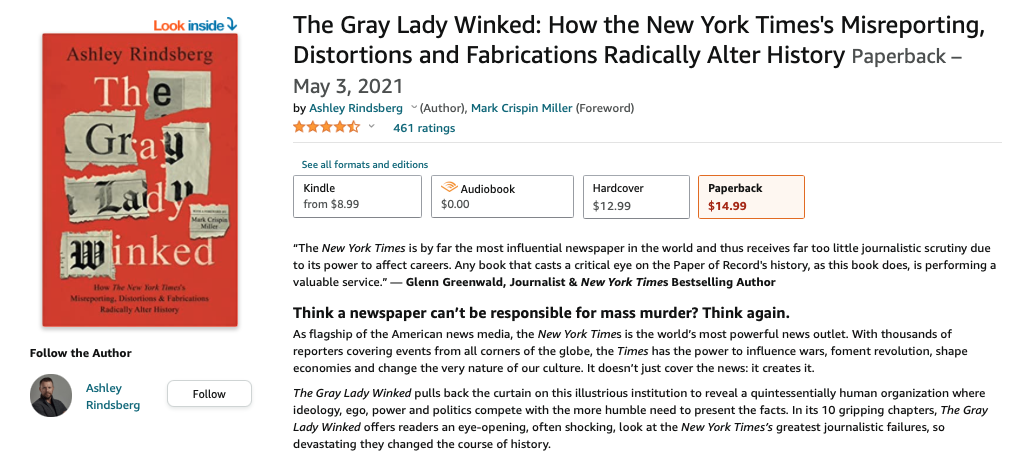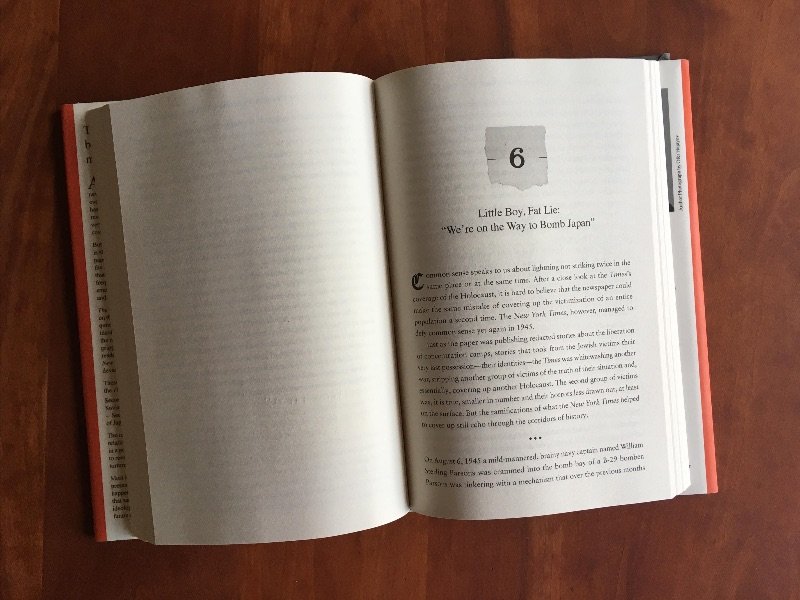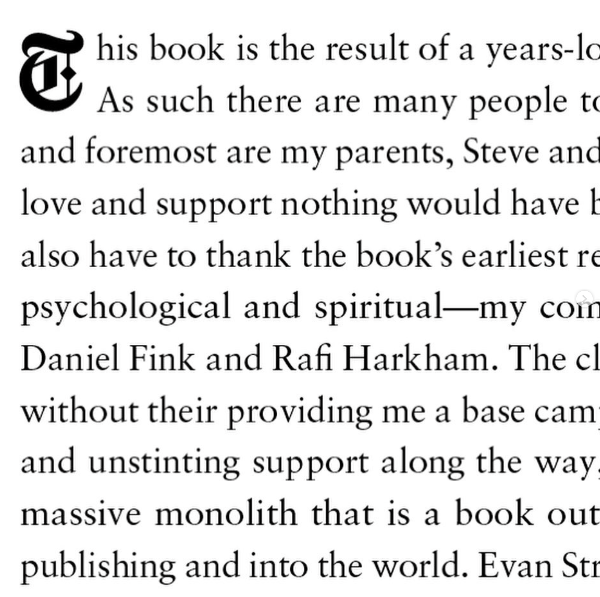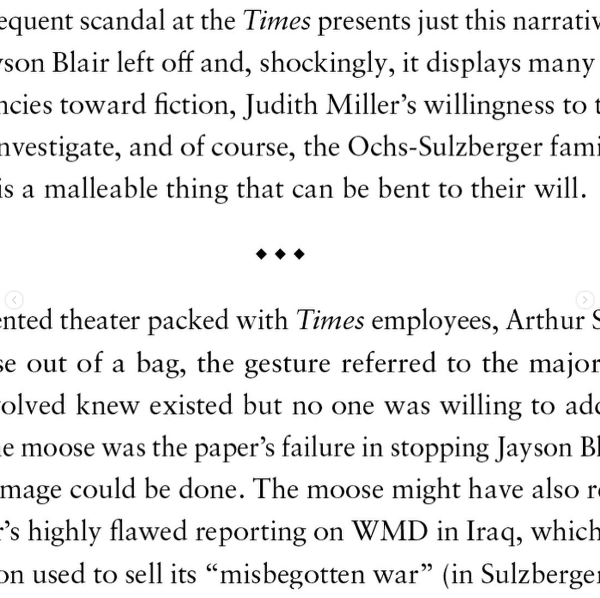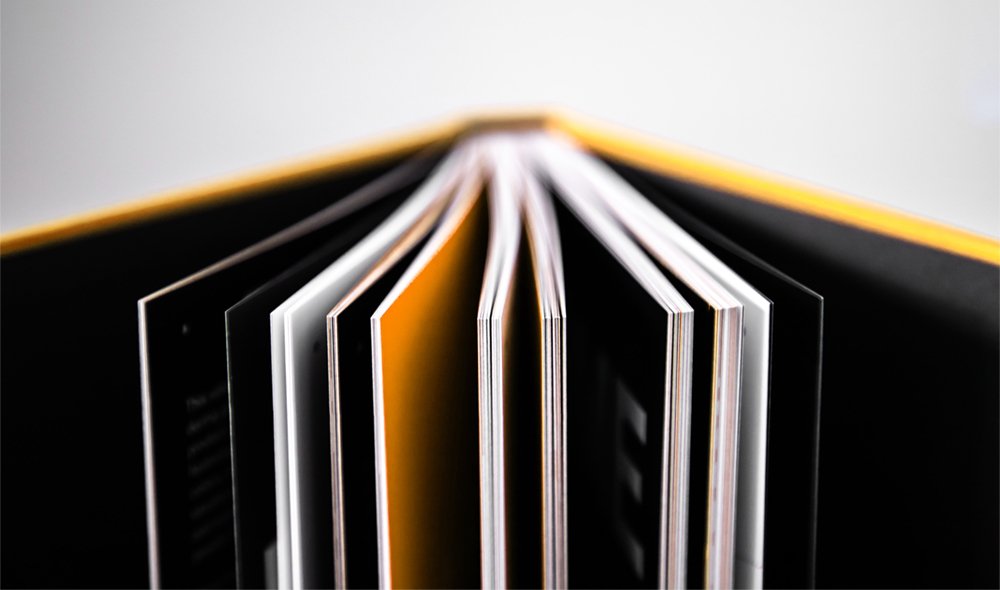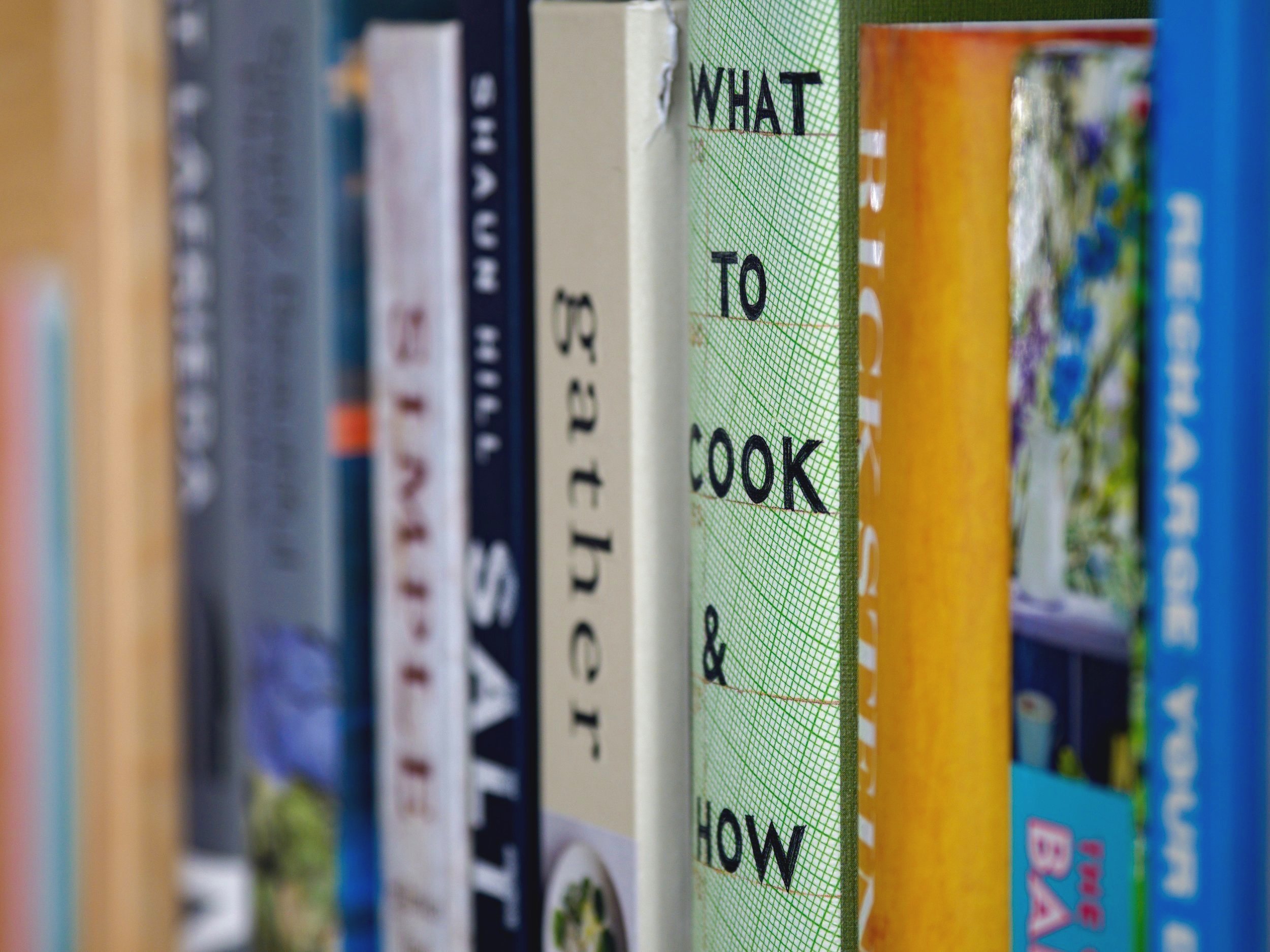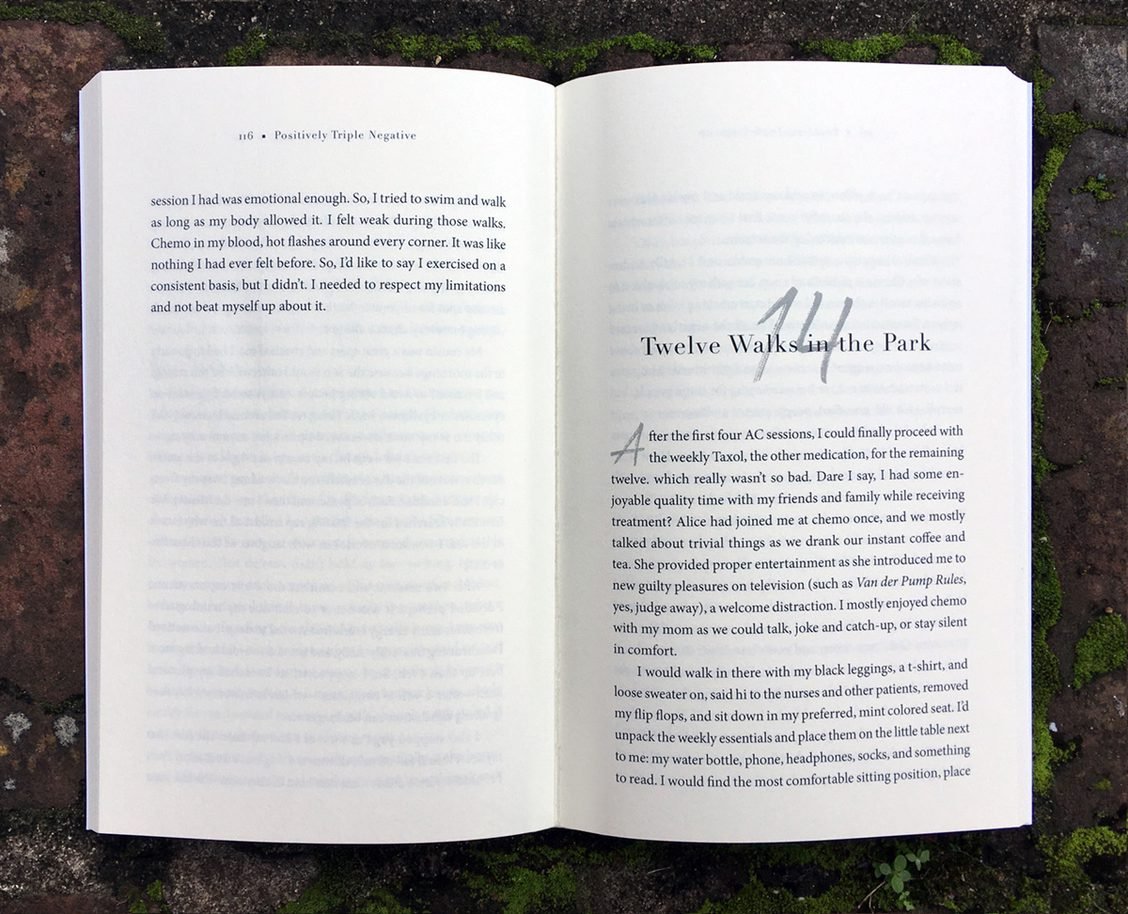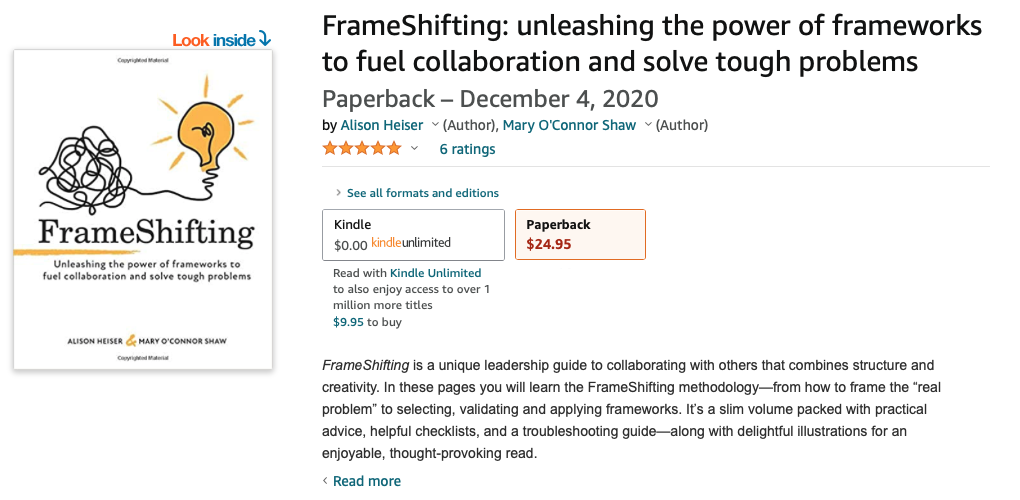Do I really need to hire an editor or proofreader? I've gone over the manuscript many times myself.
Before you buy a used car off someone (if you do that kind of thing), do you inspect it yourself and say it’s fine, or do you take it to your mechanic for a thorough check? Obviously, you let a professional handle it. They know what to look for to ensure that this car you’re spending money on will last the journey. It’s better to pay money now than to realize later on that you messed yourself over.
Listen, you are the author of your book. No one can understand it quite like you do. And no one has spent more time on it than you. But that also means your head cannot look at your writing objectively. Putting it aside for a time certainly helps, but nothing can compare to having objective eyes look at it—eyes that have been trained to see what needs improvement and fixing. I’m not just talking about grammar and spelling. Editing is much more than that. There’s voice, structure, consistency, theme, showing vs. telling, and so much more.
The idea of paying for an editor or giving over your precious writing to someone can be difficult. But you don’t want to regret anything down the line. Your book deserves to be handled by a professional.
Do I need to hire both an editor and a proofreader? What's the difference between editing and proofreading?
This is a question many new authors have, and it’s an important one. A good editor is not cheap. Do you really have to hire an editor and a proofreader? Like, really?
Here’s what a proofreader does: quality control. A proofreader looks through the book after it’s already gone through rounds of editing. The manuscript at this point should be 95% clean—almost no mistakes. The proofreader catches the little errors that slipped through the previous rounds of editing, ensuring a quality book. Having a proofread after it’s been typeset is really helpful; the proofreader can see what the content looks like when everything’s been laid out and thereby catch mistakes that cropped up during typesetting.
So yes, it’s really important to have your book both edited and proofread. Sure, the proofread seems like an extra expense, but it’s really not. You’d be surprised by the blatant errors proofreaders catch. Again, your book deserves professional treatment.
Can one person both edit and proofread my book, or should I hire two or more different people? What are the pros and cons of each approach?
The ideal is to hire two different professionals, as the proofreader will be looking at your book with fresh eyes. They might catch things the editor, who’s been doing in-depth editing, might have missed. It’s always good to have more eyes before your book is published.
There’s also the fact that not every editor also proofreads. They really are different forms of the editing process. However, some writers don’t want to deal with finding another professional. It might be more expensive than sticking with one editor. It might just be more of a pain. They might be on a time crunch.
What I will say is that if you choose to use your editor to proofread your book as well, make sure there’s a good amount of time between the editing and proofreading. Perhaps you’ll have it typeset in between to create some space. But make sure there’s a good two to four weeks for the editor’s brain to reset.
Personally, I offer editing along with proofreading for the convenience of the author, but I use the above approach. I make sure there’s time in between. I also always suggest that the writer find a different proofreader, as that’s really the ideal. And what I’ll never do is developmental editing, line/copyediting, AND proofreading on the same manuscript. By the time I hit the proofread, my eyes would definitely overlook things.
What's the best way to find an editor or proofreader for my self-published book? How can I know that a particular editor or proofreader will do a good job? Do editors have specialties?
It’s very easy to find an editor or proofreader. You can check the Editorial Freelancers Association or ACES: The Society for Editing to see their lists of professionals. You can do a simple search on LinkedIn.
The hard part is finding a good, professional editor for your book. Jane Doe might be an amazing nonfiction editor, but she wouldn’t be amazing for your sci-fi novel. Or you may be looking for someone with years of experience to help you know if your book is marketable. There are also different types of editing, and the one you need will determine whom you should hire. Editors have specialties, and you’ll likely want to hire one that works in the areas you need.
Overwhelmed yet?
Here’s a simple plan:
Do some searching. Make a list of five editors who work in your genre (whether its literary fiction, medical research, or romance) and message them. Explain what your book is about, the word count, what editing you think it needs, and what your timeframe is.
A professional editor (who has availability) will likely suggest a call or a sample edit.
The sample edit is SO important. This is how you see whether the editor will do a good job. The sample allows you to see their editing style, and it allows the editor to see your writing style. More importantly, it shows the editor what kind of editing your book needs, how much that would cost, and how long it might take. Do not hire an editor without seeing a sample edit. That’s asking for trouble.
The first step is to always reach out. If that particular editor says they can’t take on your book, perhaps they can suggest a colleague who’d be a better fit. It’s a matter of networking now.
At which stage in the book writing process should I first get in touch with an editor?
You’ve finished your manuscript. Hurray! Now is a great time to set it aside for a month or two (or three) and then come back to self-edit before you send it anywhere.
During that wait time is when you reach out to an editor. First off, many editors don’t have immediate availability. So waiting until your book is (in your opinion) totally ready for editing will only result in more waiting.
Second, in that sample edit phase, the editor may point out some major things that need work—things that would push off the editing process anyway until you make those big repairs. It may be that your book actually needs a book coach to smooth out the basics before it’s ready for editing.
Writers often have a mindset of “Let’s start the editing NOW,” but their books or their editors might not be ready for that. This is something you should be prepared for. Reaching out during that downtime is a great way to determine how much more work your book needs and when you might actually begin the editing process.
How long does it usually take for an editor or proofreader to go over a manuscript?
This will depend on the editor, the type of edit, the word count, and the writing itself. So . . . there’s no simple answer. :D
A proofread should take the least amount of time. (Because, as I said above, it should be 95% clean.) A 50,000-word proofread will usually take me about a week if the writing is interesting and engaging. (Yes, that makes a difference.)
A line edit/copyedit takes me the most time because of the in-depth nature of the edit. A 50,000-word copyedit will usually take me two-and-a-half or three weeks.
A developmental edit of the same length would take about two weeks.
But again—there are so many factors at play here, which is why getting a sample edit is so helpful. That gives the editor an idea of how long it will take to edit the whole book.
What does it cost to get a book edited or proofread?
Every editor has her own process for this. Some price by word, some by project. I do the latter, as I feel that’s the most beneficial for both parties. But to give you an idea, a 50,000-word copyedit might cost $1,500. I would suggest looking at the EFA’s rates page so you understand the range that’s out there. That will help you know how much to save up for a professional edit.
Does an editor or proofreader usually get credited in a book? If so, where is the credit line?
This is up to the author. If you choose, you can credit the editor/proofreader in the acknowledgments. (We do a happy dance when you do this.)
Is there anything else you’d like to tell self-publishers about editing or proofreading?
Remember that an editor is there to help you. Any critique or suggestions are made for the book’s benefit; it is never a personal statement on the author. Remember that the book always remains yours. You are in control of every decision. Accept or reject an edit as you feel is best for your story. Just keep in mind that the editor wants this book to be great almost as much as you do, and they’ve been trained to make it so. The editor is your guide through this refining process. Let them help you make your book shine.
